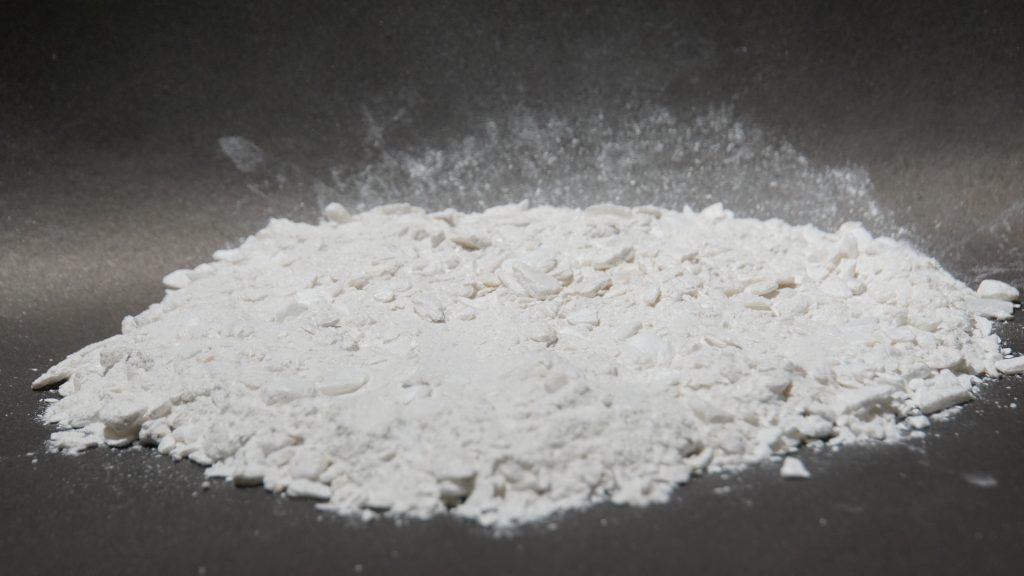
Use Of Talc In Ceramics
Being one of the major consumers of the industrial minerals, the Ceramic industry uses Talc for variety of products. It uses talc for “body” and glazing of products such as Electrical Insulating (Steatite Talc), Sanitary Ware, Wall tiles, Porcelain Dinner Ware. Talc Suppliers provide talc used in this industry that is generally of 80 ~ 93% whiteness and 200 – 300 mesh. Enstatite is formed as talc disassociates during firing which produces high thermal expansion bodies, resulting in glazes being put into compression and thereby minimizes crazing. Low moisture expansion bodies are produced as a result, which results in good resistance to delayed crazing. Talc’s massive nature helps in the process of dry pressing and in preparation of good casting slips.
Because of the use of talc, low firing temperatures are possible. Over a wide temperature range the shrinkage and absorption properties of bodies are fairly constant. High quality white fire bodies are possible because of this. High-talc bodies can be reafily fitted with glazes of unusual brilliance and attractiveness. Talc Manufacturers also used talc in manufacturing of high-frequency electric insulators by means of steatite bodies, a segment of the ceramic white wares market. Talc is sometimes used as an additive in dinnerware bodies composed of clay, feldspar and flint. Compromising as much as 6% of such bodies, Omcera provides greatly improved craze resistance. OMCERA exhibits the following characteristics.
- Uniform Chemical composition.
- Constant amount of shrinkage on firing.
- Fired color.
- Particle size distribution.
What We Do
We are a leading mineral mining company & top-rated Talc Suppliers based in Pakistan providing mineral products locally and to the international market.
- Our main product consists of different grades of talc which are used in different industries.
- We also provide various qualities and forms of fluorite to our customers.
- We mine different variations of chromite from our company owned mountains.
Business Plan Market
As a leading Talc Manufacturer, we have one of the largest business market share locally and have also made our mark in the international market. Our aim is to
- Produce the best product, cause no unnecessary harm, use business to inspire and implement solutions to the environmental crisis and work for the well being of the local population.
- Lower our cost of production through use of latest equipment and with large scale of operation reducing cost and to help us to maintain strict quality requirements of our customers.
- Ensures uninterrupted production and timely supplies to our clients.

